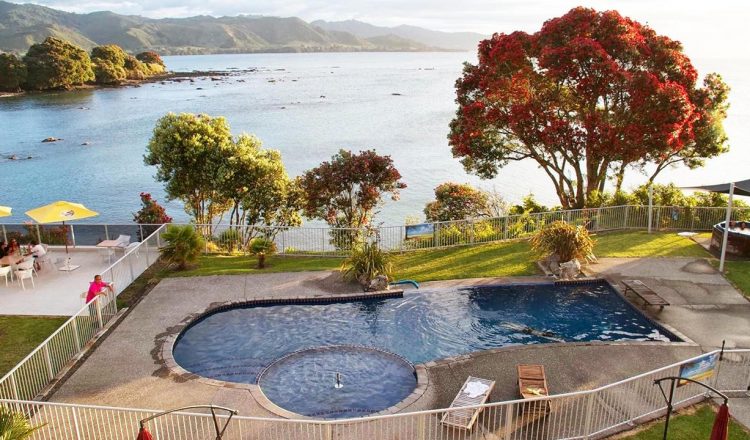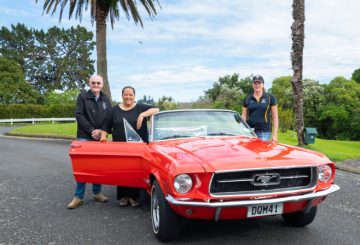ōpōtiki 区议会支持 iwi 领导人呼吁限制进入该地区的行动,以帮助防止 Covid-19 传播到罗河。
这是在卫生部今天宣布确诊的 Covid-19 病例之后发生的。
Opōtiki 议员路易斯·拉皮哈纳也是 Te Whānau-ā-apanui 的 iwi 应对部门的成员。他说,随着 Covid-19 继续造成干扰,并且在世界各地都可以看到新的变种,他的 iwi 传达的简单信息就是远离。
拉皮哈纳说:“去年,当 Covid 首次抵达时,我们在罗河边界花了很多周时间,以确保我们知道谁来去去,并要求人们不要停留或停留在该地区,以增加病毒传播的风险。”
“这次,设立检查站对我们的人民来说风险太大,因此我们依靠游客和 whānau 倾听并理解我们关于人们今年夏天不要上海的要求。”
拉皮哈纳说,社区中有很多弱势群体和老年人,许多人偏远,大多数人离最近的医院都有三个多小时的路程。
“我们对大流行并不陌生,我们仍然纪念那些因 1918 年流感疫情而失去的人,这场流感肆虐了我们的 iwi,并在 1900 年代初的一代人中看到了巨大的生命损失。就像我们今天在这里所做的那样,哈普推出了新的 tikanga 来帮助抵抗当时的病毒。
“我们的人民为那些感染了致命病毒的人建立了隔离营;我们再次采取了措施来做同样的事情,因此我们知道我们必须做什么,我们将尽一切努力保护我们自己和生活在我们境内的人们。
拉皮哈纳说:“我们的疫苗接种率确实是该国最高的,这要归功于我们规模很小的医疗团队的巨大努力,但是将人们和 Covid 赶出去是我们抵御这种病毒的第一个也是最好的防御措施。”
ōpōtiki 区议会首席执行官艾琳·劳里说,该地区的其他 iwi 也有类似的呼吁,包括 Whakatōhea 和 Ngaitai,议会热衷于支持这个 kaupapa。
劳里说:“去年,我们支持 Te Whānau-ā-apanui 以及警察和其他机构,因为他们在罗河边界设有社区安全区,保护沿海社区。”
“这次,我们想在他们的信息中增加我们的支持,以使 Covid 远离我们的社区。我们根本没有资源或设施,而且我们的疫苗接种率还不够高,无法让 Covid 在我们的当地扎根。我们也在这样做,并按照 iwi 的要求将我们自己的员工在海岸上的行动限制在绝对最低限度。
“作为一个理事会,我们希望我们的社区以及我们的企业和组织有确定性,保持 Covid 的控制,并确保我们拥有的有限的医疗保健设施运行良好。”
劳里说,疫苗接种、社交距离、合同追踪、卫生和口罩在与 Covid-19 的斗争中仍然很重要。
她说:“要求人们不要进入弱势社区是我们可以互相保护的另一种方式,我们支持当地的 iwi 要求将 Covid 拒之门外。”






























































